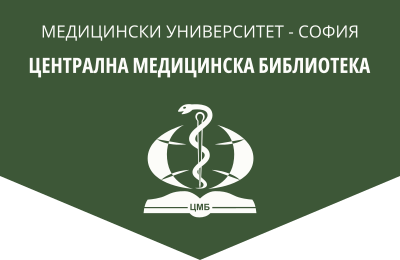Effect of surgical treatment of patients with high-risk pulmonary embolism, depending on the time of surgical intervention
Medical Review (Med. pregled), 2024, 60(5), 38-43.
K. Dimitrov, Hr. Stoev, B. Yavorov, Z. Vazhev
Department of Cardiac and Vascular Surgery, Medical University – Plovdiv
Abstract. High-risk pulmonary embolism is a life-threatening condition with high mortality due to the development of right heart failure and cardiogenic shock. In this report, we retro- spectively examined the results of surgical treatment of all patients with massive and submassive PE operated in our institution in order to analyze the results of the surgery, depending on the phase (acute, subacute, chronic) of surgical intervention. Patients and methods. For the period – January 2009 – August 2019, a total of 69 (38 women and 31 men) patients were operated in our institution for PE. All patients were divided into 3 groups according to the phase, in which the surgical intervention was performed: the 1st group – all 39 (56.5%) patients, operated in the acute phase of PE, in whom an emergency surgical embolectomy was performed; the 2nd group – all 25 (36.2%) patients operated in the subacute phase of PE, who underwent an embolectomy after an ineffective period of conservative anticoagulant therapy; the 3rd group – all 5 (7.3%) patients who underwent pulmonary thrombendarterectomy for chronic thromboembolic pulmonary hypertension (CTPH). The follow-up period for patients was 5 years. Results. The overall mortality (up to 30-day) in patients was 18.84% (8 women and 5 men). The mortality in the different groups was as follows: the 1st group – 17.9%; the 2nd group – 16.0%; the 3rd group – 40%. The five-year survival rate of the patients was 87.5%, with the lowest in the group 3. There was also a significant decrease in mPAP values (from 75 mmHg to 30 mmHg). Conclusion. The effect of surgical treatment of patients with PE largely depends on the time of surgical intervention. Timely diagnosis and timing play a key role in fighting this insidious and still challenging disease for modern medicine.
Key words: PE, surgical embolectomy
Address for correspondence: Hristo Stoev, MD, e-mail: hristostoev87@gmail.com
